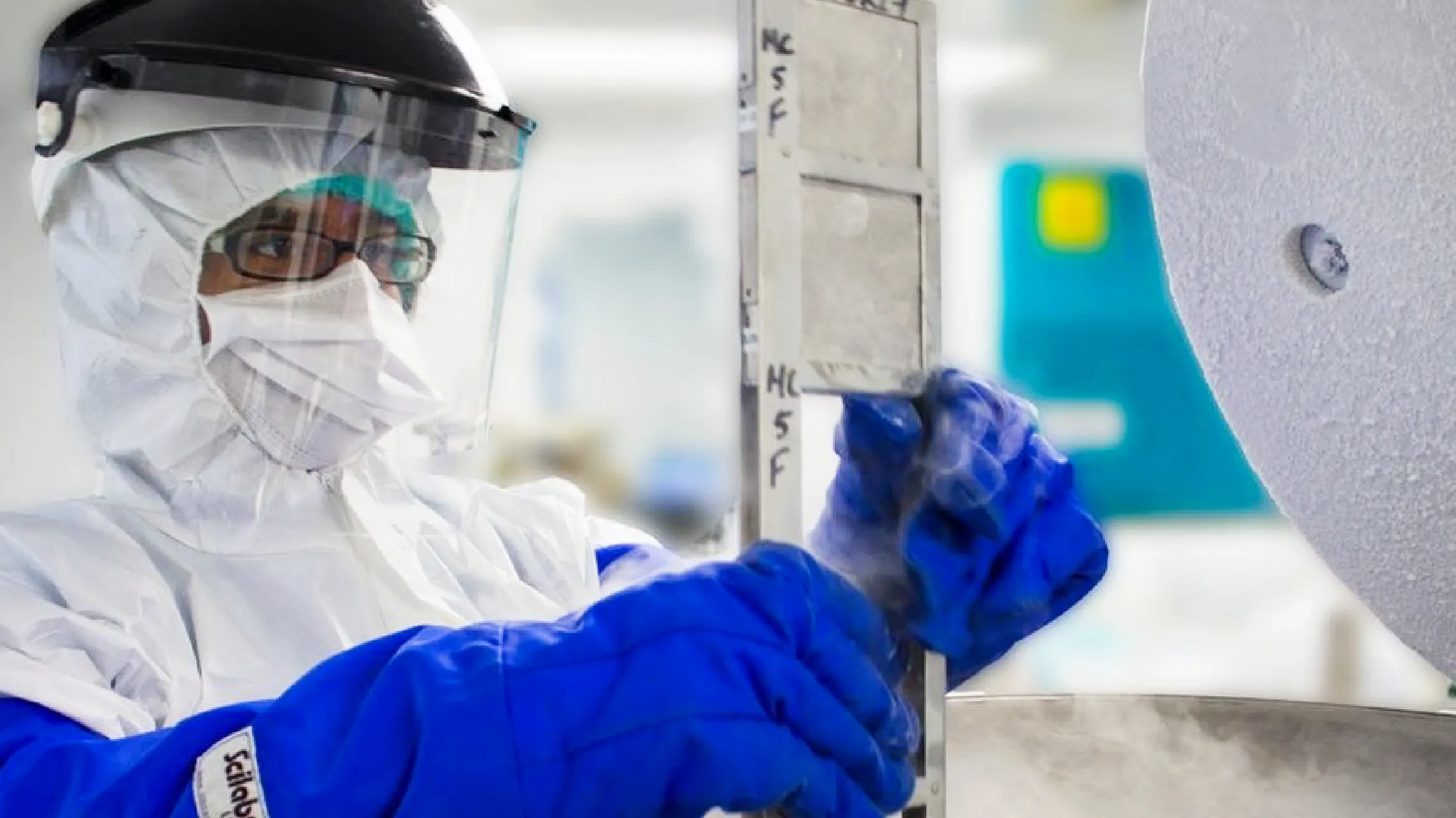
Cancer is a serious disease that affects millions worldwide. It happens when cells grow uncontrollably, forming tumors. These tumors can harm the body’s organs and systems.
The impact of cancer on human health is huge. It can cause severe symptoms, lower quality of life, and even death.
At the core of this are cell mutations and DNA damage. These can be triggered by many risk factors and environmental triggers. Knowing these basics is key to understanding cancer.
In this article, you will deeply understand what leukemia, prostate and ovarian cancer is.
Cancer is closely tied to cell division. In the body, cells divide to replace old or damaged ones. But in cancer the process doesn’t go right.
This leads to cells dividing too fast and out of control. It can cause tumors, some of which are harmless, but others are dangerous.
Malignant tumors are especially dangerous. They can spread to other parts of the body. This can harm vital organs and systems, affecting health and well-being.
What is blood cancer?
Hematologic cancer, commonly referred to as blood cancer, is the collective description for cancers of the blood, bone marrow and the lymphatic system. There are three major types of blood cancers which include: leukemia, lymphoma and myeloma. These three cancers arise from different blood cells and have different properties.
Signs and symptoms of blood cancer infection can be recurrent and easily bruised skin, changes in weight without a known explanation, and lymph nodes that have become enlarged. When diagnosing, the physician performs blood tests, employs radiological methods or utilizes bone marrow biopsy. Management differs with the specific cancer type and can be along the lines of combined chemotherapy, irradiation treatment, target therapy and even through stem cell transplants.
Leukemia and other hematologic malignancies are complex and difficult diseases. Blood-forming tissues are where leukemia begins. There are multiple forms of it, each affecting the body differently.
Leukemia is a cancer that can take many forms such as ALL, AML, CLL and CML. And each type has its own struggles. Some have rapid growth, while others are slow growing. That means not only do you have to treat each type individually, but
Doctors researchers continue to study blood cancers leukemia. They are discovering new methods to help cure these ailments. It offers hope to those struggling with this complicated disease.
Understanding blood cancers and leukemia is the first step to tackling their challenges. People can be their own best advocates for care by educating and communicating with doctors. That way, they know how to proceed and can receive the best treatments.
Several risk factors may develop leukemia. These include:
Knowing these common cancer risk factors helps people take steps to lower their risk. This includes making lifestyle changes, getting regular check-ups, and genetic testing if needed. Early detection and prevention are crucial in the battle against this deadly disease.
For men, prostate cancer is one of the biggest concerns. You should realize the dangers involved in this. It is a common disease among men and a major concern that we should be focusing on.
Age is a big risk factor. It mostly occurs in men aged over 65. Similarly, if someone in your family has had prostate cancer, you may be at greater risk.
The foundation for early detection is PSA (Prostate-Specific Antigen) testing. This blood test is a screening tool, meaning it can detect issues early. This allows for swift and good analysis.
Prostate Cancer: “The best cure is early detection. Frequent PSA tests and talking to health care providers can change everything.”
A difficult diagnosis is not the end – there is hope! But new research and treatments mean many patients are doing well. By being aware of the risks and getting regular health check-ups, men can guard against this health crisis.
Men should have routine PSA screenings after age 50, or sooner if a family history of prostate cancer exists.
Incorporating a physician digital rectal exam (DRE) may also be done to find possible problems.
Finally, a healthy lifestyle, including a good diet and appropriate exercise, can reduce the risk of prostate cancer.
In fact, prostate cancer can be treated when detected early. Now, men can be proactive about their health. In this manner, they are able to expect a brighter future.
Every year, ovarian cancer becomes a critical problem for many women who are facing or fighting with it. It’s commonly referred to as the “silent killer.” As with most cancers, the sooner the disease is caught the better the chances for treatment or survival. Understanding the warning signs and clinical ways to diagnose it helps a female take care of their health.
Specific Symptoms Women Should Never Dismiss
The symptoms of ovarian cancer are diverse. These are good to know for women, so it is very important to know them. Common signs include:
Women experiencing these symptoms for longer than a couple of weeks should go to their doctors.
Cancer is a disease that most often requires a multi-factorial treatment. But now, most of us have the ability to fight it like never before. Such treatments include chemotherapy, radiation therapy and immunotherapy.
THE CHEMO AND RADIATION CHOICES
Chemotherapy employs medicines to destroy cancer cells. For years, it has been the remedy of choice. But, it is usually very harsh. These days, doctors use chemotherapy to be more selective and less brutal.
Radiation therapy involves the use of high-energy waves to destroy cancer cells. And it’s improving, too, due to novel approaches. This enables us to perform more fine-tuned and efficient treatment.
Stem cell transplantation involves destroying cancer cells using high doses of chemotherapy, and sometimes radiation. These powerful treatments also destroy stem cells in the body, necessitating their replacement with new stem cells. These new stem cells can be collected in two ways: either from the patient themselves before treatment begins and stored until the treatment is completed, or from another donor. The new stem cells are administered through an intravenous drip, similar to a blood transfusion, where these cells travel through the bloodstream to the bone marrow, where they begin to divide and produce new blood cells.
Stem cells have revolutionized cancer therapy, providing new hope and improved results for patients.
Visit Smart Cells Website for more information:
Smart Cells Storage Bank in UAE Your Child’s Healthy Future
Due to ongoing research, the treatment of cancer is improving. These innovations are designed to make diagnosis efficacy and care of the patients more patient-centered in the fight against this disease.
Stem cells for transplantation can be sourced from three main areas: bone marrow, peripheral blood, and umbilical cord blood.
Bone Marrow: To collect stem cells from bone marrow, a doctor performs a surgical procedure to extract marrow from the donor’s hip bone using sterile needles and anesthesia. The body typically replenishes the donated marrow within four to six weeks.
Peripheral Blood: This is currently the most common source of stem cells. Peripheral blood stem cells (PBSCs) are derived from blood-forming stem cells released into the bloodstream from the marrow. Donors receive medication to stimulate the release of more stem cells, which are then collected via a process called apheresis. During this procedure, blood is drawn from the donor, processed to remove the stem cells, and returned, with the body replenishing the cells within two to three weeks.
Umbilical Cord Blood → Stem cells are isolated from the umbilical cord and placenta after birth If it meets screening requirements, this cord blood is screened, frozen, and stored in a cord blood bank for future use as this cord blood is rich in blood-forming stem cells. The abstract sample stored is called a “cord blood unit.”
The world of cancer treatment and research is changing fast. This brings hope to patients and their families. New clinical trials are looking into ways like stem cells therapy and targeted drugs. These aim to make treatments better and reduce side effects.
Research is leading to new therapies that focus on each cancer type’s unique traits. This includes leukemia, prostate, and ovarian cancer. These personalized treatments could be more effective and less harsh, fitting each patient’s needs.
References:
Related Events

Smart Cells Laboratory Grand Opening
February 8th marks the grand opening of our first laboratory in the Middle East, and our Group's 14th laboratory worldwide. Smart Cells International, a proud member...

Cord Blood Banking FAQ’s
Should I consider using cord blood banking? In recent years, several companies have promoted a service for cord blood banking leftover umbilical after birth. This banked...

Unlocking the Secrets of Cord Blood Banking: Everything You Need to Know
Unlocking the Secrets of Cord Blood Banking: Everything You Need to Know Cord blood banking involves collecting potentially life-saving stem cells from the umbilical cord and...
Find out more
Claim your free guide online or talk to us to find out more
Accreditations